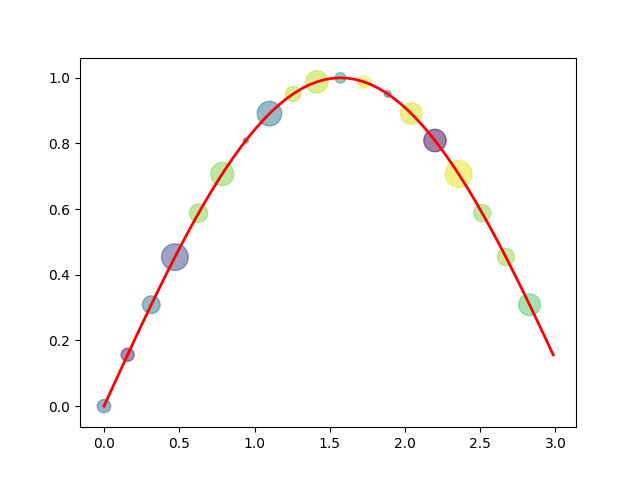There is no such mechanism. There is a proposal, PEP-448, whereby Python 3.5 and following generalize argument unpacking. Python 3.4 and previous don't support it. Best you can do in general:
def smoothy(x,y, kind='cubic', order = 3, kwargs_for_scatter={}, kwargs_for_plot={}):
yn_cor = interp1d(x, y, kind=kind, assume_sorted = False)
xn = np.linspace(np.min(x), np.max(x), len(x) * order)
plt.scatter(x,y, **kwargs_for_scatter)
plt.plot(xn, yn_cor(xn), **kwargs_for_plot);
return
Then pass in those options as dictionaries, not kwargs, to smoothy.
smoothy(x, y, 'cubic', 3, {...}, {...})
Because the variable names would then be possibly exposed to callers, you may want to rename them something shorter (perhaps scatter_options and plot_options).
Update: Python 3.5 and 3.6 are now mainstream, and they indeed support an extended unpacking syntax based on PEP-448.
>>> d = {'name': 'joe'}
>>> e = {'age': 20}
>>> { **d, **e }
{'name': 'joe', 'age': 20}
This does not, however, help much in this kwargs-intended-for-multiple-destinations scenario. Even if the smoothy() function took a unified grab-bag of kwargs, you'd need to determine which of them were intended for which subfunctions. Messy at the very best. Multiple dict parameters, one intended to be passed to each kwarg-taking subfunction, still the best approach.


scatterandplotas normaldicts? It appears they're required arguments... then use**scatteror**plotin the functions... you're not doing anything else with them – Mutualize